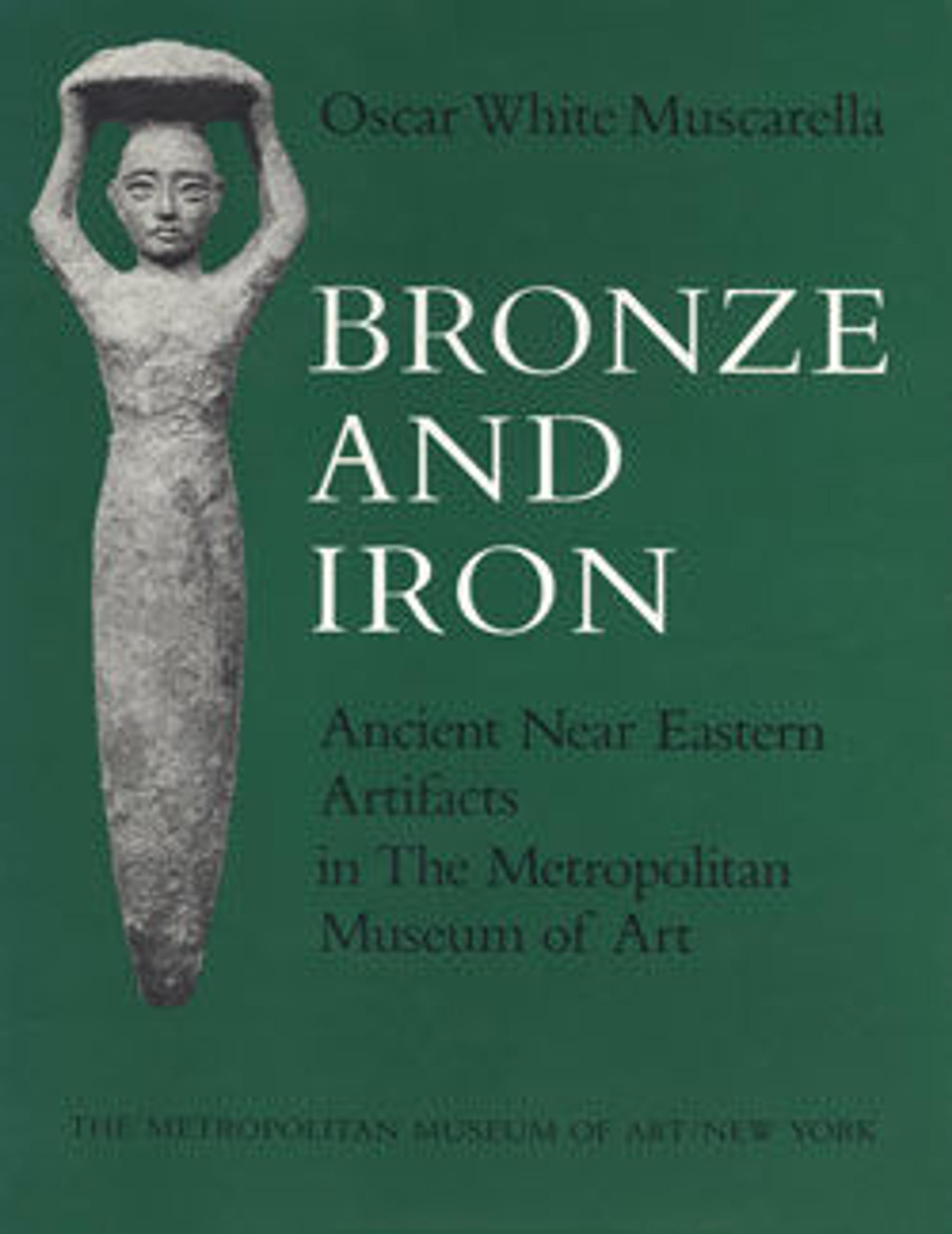Bowl
This shallow bronze bowl, now in fragmentary condition, was excavated at Tepe Nush-i Jan, an Iron Age hilltop site about 60 km sound of Hamadan in western Iran. Nush-i Jan was occupied in the 7th and 6th centuries B.C., and its occupants are generally thought to be the Medes, an Iranian people known from Assyrian, Achaemenid and Biblical sources. Though the textual sources portray them as a powerful empire, archaeological evidence for the Medes has yet to sustain this impression. Rather, they seem to have lived in scattered fortified sites in western and central Iran, without any clear capital. Nush-i Jan, one of the best known of these sites, features two temples, a columned hall, and a fort, where the bowl was found.
When it was discovered, the bowl contained 231 pieces of silver, including jewelry, ingots and scraps. At the time coins were not yet in use in Iran, and silver bullion was the primary form of money. The form of the silver did not matter, only the weight, so any silver object, including jewelry, could potentially be used as money. To make a payment, one would weigh out a certain quantity, and to make an exact amount it was sometimes necessary to cut silver into smaller pieces, which is why the hoard includes scraps of metal. It was found below floor level, suggesting that it was hidden for safekeeping. Whether its owner did this as a long-term storage strategy or in response to an emergency is unknown.
When it was discovered, the bowl contained 231 pieces of silver, including jewelry, ingots and scraps. At the time coins were not yet in use in Iran, and silver bullion was the primary form of money. The form of the silver did not matter, only the weight, so any silver object, including jewelry, could potentially be used as money. To make a payment, one would weigh out a certain quantity, and to make an exact amount it was sometimes necessary to cut silver into smaller pieces, which is why the hoard includes scraps of metal. It was found below floor level, suggesting that it was hidden for safekeeping. Whether its owner did this as a long-term storage strategy or in response to an emergency is unknown.
Artwork Details
- Title: Bowl
- Period: Iron Age III
- Date: ca. 7th–6th century BCE
- Geography: Iran, Tepe Nush-i Jan
- Culture: Iran
- Medium: Bronze
- Dimensions: 6 13/16 × 6 13/16 × 2 5/8 in. (17.3 × 17.3 × 6.7 cm)
- Credit Line: Purchase, H. Dunscombe Colt Gift, 1969
- Object Number: 69.24.13
- Curatorial Department: Ancient West Asian Art
More Artwork
Research Resources
The Met provides unparalleled resources for research and welcomes an international community of students and scholars. The Met's Open Access API is where creators and researchers can connect to the The Met collection. Open Access data and public domain images are available for unrestricted commercial and noncommercial use without permission or fee.
To request images under copyright and other restrictions, please use this Image Request form.
Feedback
We continue to research and examine historical and cultural context for objects in The Met collection. If you have comments or questions about this object record, please complete and submit this form. The Museum looks forward to receiving your comments.
